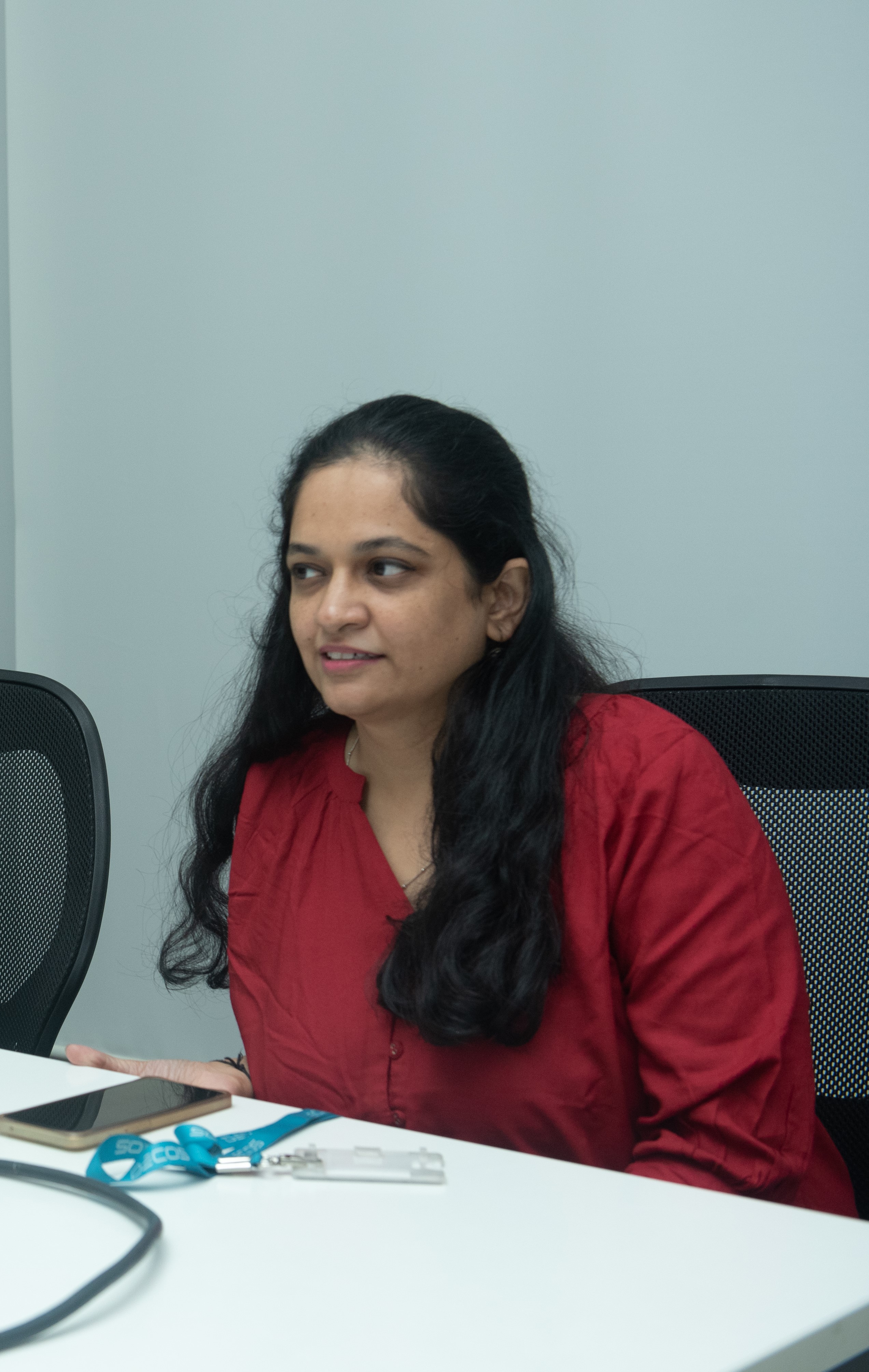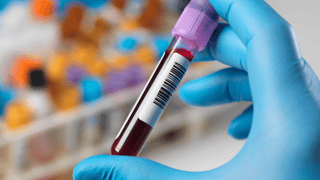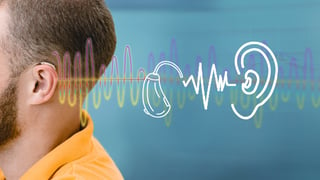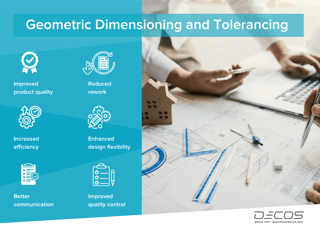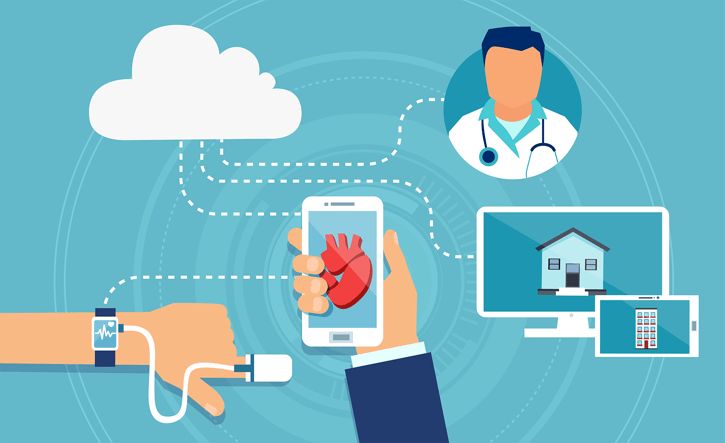The COVID-19 pandemic changed the world completely and, as with all other sectors, the transformation in the healthcare sector is nothing short of remarkable. The pandemic also accelerated innovations embracing new-age technologies in healthcare for faster diagnostics and treatments. Technology is increasingly permeating every aspect of healthcare. Technological advancements are making healthcare patient-friendly.
The healthcare technology market is booming worldwide. It is estimated that the value of the global healthcare IT market will reach USD 1.1 trillion by 2028. The market generated USD 323.83 billion in revenue in 2021 and is expected to grow at a compound annual growth rate (CAGR) of 18.7%.
The latest technology trends concern catering to patient needs and are gaining popularity amongst patients, physicians, and healthcare providers.
• fewer medical errors
• increase in cost-effectiveness
• better patient care
• improvement in everyday operations
• making treatments more effective
• improving the overall healthcare experience
• reducing the burden on practitioners
• lowering the costs of patient care
Everyday information technology is bringing forth innovations and helping to continuously expand the horizons of the healthcare sector. The key emerging trends in the current healthcare technology industry are:
1. Internet of Medical Things (IoMT)
2. artificial intelligence (AI)
3. big data analytics
4. blockchain technology
5. virtual reality (VR)
6. genome-based medical treatments
1. Internet of Medical Things
The Internet of Medical Things (IoMT), also known as healthcare IoT, is revolutionising healthcare like never before. From remote patient monitoring and tracking health data via wearables to providing virtual health assistant platforms, IoMT applications are improving patient care and recording crucial data that can save patients’ lives.
According to a recent Deloitte survey, the overall IoMT market is expected to grow from USD 41 billion in 2017 to USD 158 billion by 2022.
IoMT consists of connected medical devices, software, applications, and healthcare systems through the internet on a cloud platform. Through the IoMT data is generated and analysed in real-time. Real-time monitoring helps in alerting doctors and other healthcare professionals so that they can make the appropriate decisions and prescribe correct medicines without an in-person visit (Telemedicine).
Use cases
• wearable medical devices to track health metrics
• remote patient monitoring (RPM) to keep a track of vitals such as heart rate, oxygen levels, and blood pressure, in real-time
• remotely monitoring patients with chronic conditions
• smart pills with sensors to record medication doses. Pills with sensors or video cameras can be used to detect issues inside the patient’s systems.
2. Artificial intelligence
Artificial intelligence, or AI, is a group of technologies that has multiple applications in the healthcare sector and is evolving daily to efficiently mimic human cognition. With the help of AI and machine learning, computers or machines have the power to learn, think, predict, analyse and make a decision based on the medical data collected.
AI in the healthcare market was valued at USD 8.23 billion in 2020 and is projected to reach USD 194.4 billion by 2030, growing at a CAGR of 38.1% from 2021 to 2030. (Allied Market Research)
AI growth drivers
• an ever-increasing amount of healthcare data
• the necessity of converting the massive amount of data into relevant, actionable insights
• the disparity between the number of healthcare professionals and patients
• technology advancement that propels cross-industry collaborations
Use cases
• accurate diagnostic processes
• assisting physicians and other healthcare professionals
• AI significantly helped during the pandemic to predict and track the spread of disease by analysing healthcare data from government agencies
• drug discovery and drug research
3. Big data analytics
Healthcare is becoming sophisticated. Data is coming in from various sources such as the prevention, diagnosis, and treatment of various ailments, and the volume of this data is massive. Proper collection, processing, and analysis of the data help healthcare professionals make informed decisions on treatments. Big data analytics is helping these professionals make sense of patients' health data.
According to Verified Market Research, the global big data analytics in healthcare market size was valued at USD 29.30 billion in 2020 and is projected to reach USD 59.10 billion by 2028, growing at a CAGR of 9.12% from 2021 to 2028.
Use cases
• healthcare digitalisation: collectively managing records such as electronic health/medical records (EHR/EMR) and making use of the data collected for diagnosis, predictions, and treatment of diseases
• real-time alerts: alerting healthcare professionals to a patient’s alarming health situation
• monitoring a patient’s vital signs
4. Blockchain technology
A blockchain is a digital ledger that records transactions in a decentralised manner. These records cannot be altered or modified later. Healthcare professionals aim to protect the privacy and security of important patient data, and the tamper-proof blockchain technology can help keep crucial data secure.
Blockchain technology in the healthcare market was valued at USD 281 million in 2020 and it is estimated that this will experience over 52.1% CAGR from 2021 to 2027. (Global Market Insights)
Use cases
• personal health record (EHR/EMR ) management
• manage and secure genome studies
• record patient history: diagnosis, tests, and medications
• provide transparency and credibility in clinical trials
• easy traceability of fraud
Being a relatively early-stage and emerging technology, blockchain is proving to be helpful for physicians and patients in using clinical records effectively and improving healthcare services.
5. Virtual reality
Virtual reality (VR) lets physicians connect with patients in customised simulated environments and enables them to communicate for medical guidance, therapy, or help in recovery. As one of the most disruptive healthcare tech trends, its adoption increased during the pandemic for contactless clinical help.
VR in healthcare will reach a value of approximately USD 40.98 billion by 2026, up from a mere USD 2.70 billion in 2020. (Facts and Factors: 2021 research report)
Use cases
• training medical and paramedical professionals in performing medical procedures
• patient treatment
• creating patient awareness about diseases
• VR for pain management and rehabilitation
• VR for performing surgeries with the help of robots
Virtual Reality is a technology that is still in its infant stage but has the potential to grow to address various health issues.
6. Genome-based medical treatments
Armed with detailed knowledge of a patient’s genetic profile, a doctor can detect, prevent and prescribe medications or therapy with extreme precision. The person’s genetic makeup can be used to customise a strategy for treating ailments.
The increase in computing capability ensures accurate analysis of individual patient genomes and correct diagnosis of fatal diseases.
The global genomics market is projected to grow from USD 27.81 billion in 2021 to USD 94.65 billion in 2028; this is a CAGR of 19.4% in the forecast period 2021-2028. (Fortune Business Insight)
Use cases
• gene-based diet and weight management
• less-invasive prenatal testing for checking for genetic disorders
• early diagnosis of cancer and its treatment
Conclusion:
Technology trends are transforming every other industry. Healthcare, too, is gaining momentum and reaping maximum benefits from new-age technologies that bring innovative, breakthrough products that are game-changers in the healthcare sector.
Technology makes healthcare affordable, meaning accessible at all economic levels. Technology, in combination with sound clinical/medicinal knowledge, can address health issues effectively, increase overall patient care, and can be crucial in saving lives.
Reference:
- https://www.vantagemarketresearch.com/industry-report/healthcare-it-market-1241
- https://www2.deloitte.com/global/en/pages/life-sciences-and-healthcare/articles/medtech-internet-of-medical-things.html
- https://www.alliedmarketresearch.com/artificial-intelligence-in-healthcare-market
- https://www.verifiedmarketresearch.com/product/big-data-analytics-in-healthcare-market/
- https://www.gminsights.com/industry-analysis/blockchain-technology-in-healthcare-market
- https://www.fnfresearch.com/virtual-reality-in-healthcare-market-by-offering-hardware
- https://www.fortunebusinessinsights.com/industry-reports/genomics-market-100941

